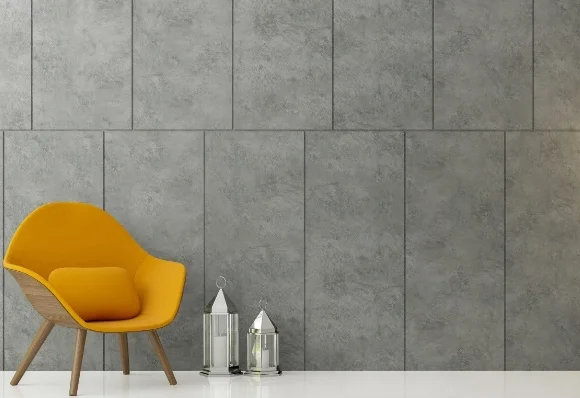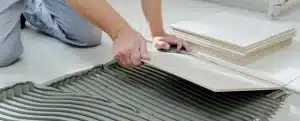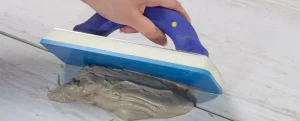
Menu
Edit
ADDRESS
Pidilite Industries Ltd,
Ramkrishna Mandir Road,
P.O. Box No. 17411,
Andheri (East) Mumbai – 400059
Check out the biggest trends of the season and our expert take on them.
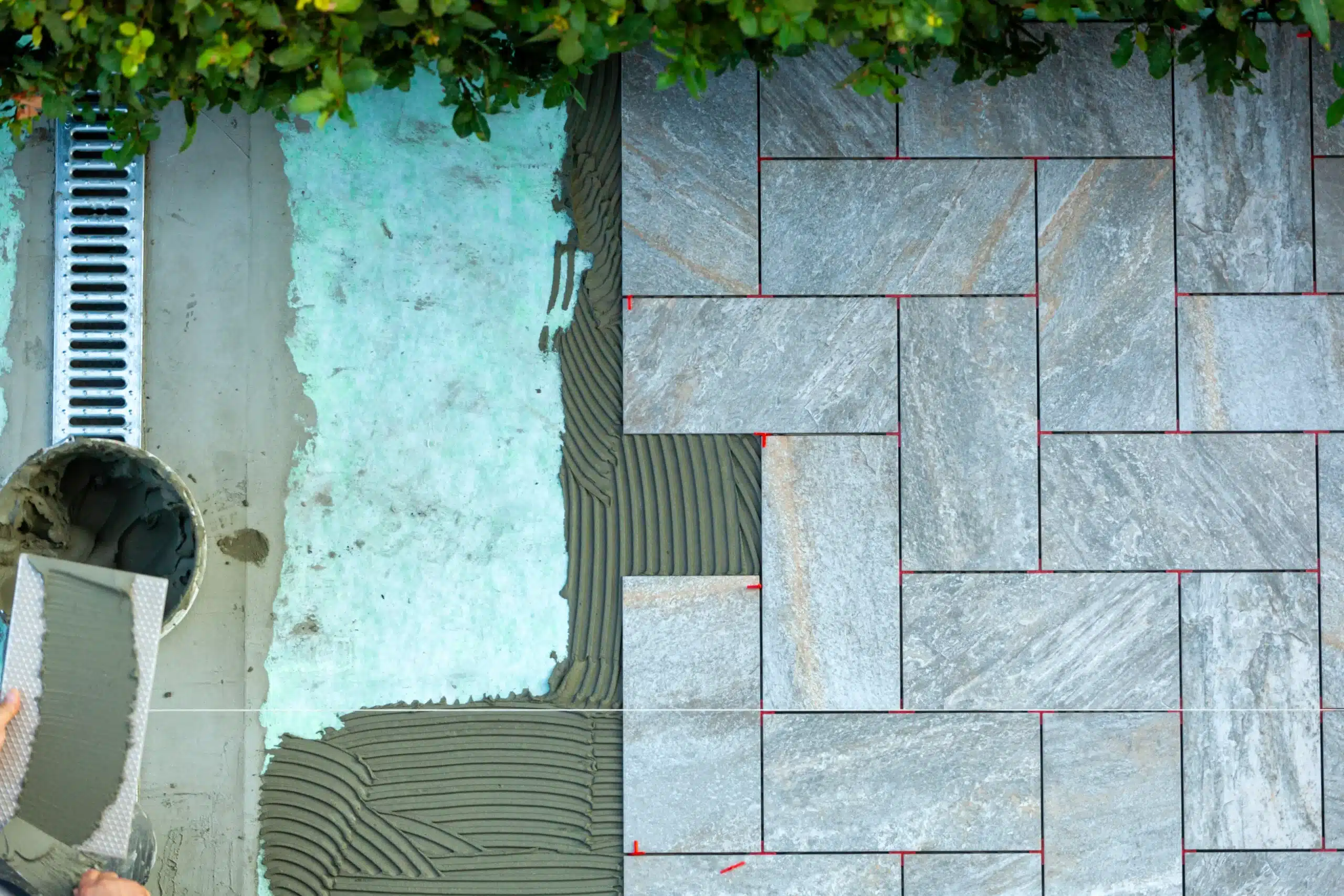
A durable and visually satisfactory result from tiling outside areas depends critically on the choice and application of exterior tile adhesive. When you choose adhesive for exterior tiles, you want to make sure it endures different weather conditions and guarantees a long-lasting installation. Still, there are some typical mistakes that could affect the quality of your tile work. This quick reference will help you stay clear of such pitfalls and finish an exterior tiling project successfully.
Ignoring appropriate surface preparation is among the most common mistakes one may make. The surface on which you apply exterior tile adhesive needs to be dry, clean, and free of any impurities such as oil, dust, or loose debris. An unprepared surface might cause the adhesive to bond less effectively, which over time causes tile movement or detachment. Before applying the adhesive, be sure the surface is completely cleaned and any required repairs have been carried out well in time for the best results.
Not all adhesives are made equally, hence choosing the wrong kind for your particular project could cause major problems. Exterior tile adhesive needs to be developed to manage environmental pressures including UV exposure, moisture, and temperature swings. To guarantee the lifetime and durability of your installation, make sure you pick an adhesive especially meant for outside use, such as high-performance adhesive for exterior tiles.
Bad performance and weak bonding can result from improper mixing of adhesive. For mixing ratios and procedures, always do as advised by the manufacturer. To have a constant, workable consistency, whether you are using a pre-mixed variety or powdered adhesive, be sure the adhesive is mixed completely. This aids in the tiles and substrate’s strong bonding process.
One frequent mistake that can lead to issues with tile installation is applying too much adhesive. Excess adhesive can ooze out between tiles, resulting in an uneven surface and challenging clean grout line achievement. Longer drying times and possible tile shifting may also follow from it. Apply a consistent layer of adhesive using a notched trowel to guarantee it is sufficient to cover the surface without too much accumulation.
The curing and bonding of exterior tile adhesive are strongly influenced by the weather. Adhesive performance may suffer under severe conditions, either too hot or too cold. Furthermore, it is advisable not to use adhesive in too humid or rainy environments since this can affect the curing process. Review the weather report and select a day for your tiling project that will be favourable.
Rushing the curing process can cause the tiles and the substrate’s adhesion to be weak. Always allow sufficient time for the adhesive to set before walking on or grouting the tiles. Refer to the manufacturer’s instructions for exact timing since the type of adhesive used and the surroundings will affect the drying time.
Temperature fluctuations and movement affect outside surfaces, hence if appropriate expansion joints are not used, tiles may move or break. As advised by industry standards, be sure you include expansion joints to allow movement and stop damage.
Using exterior tile adhesive and avoiding these typical mistakes can assist in guaranteeing a good and long-lasting tiling installation. For your outdoor tiling needs, you can produce a beautiful and long outcome by properly prepping the surface, selecting the appropriate adhesive, mixing it correctly, and considering environmental considerations. Whether you’re working on an exterior wall tile adhesive application or another job needing tile adhesive for exterior use, careful attention to these elements will help to produce a professional and long-lasting finish.
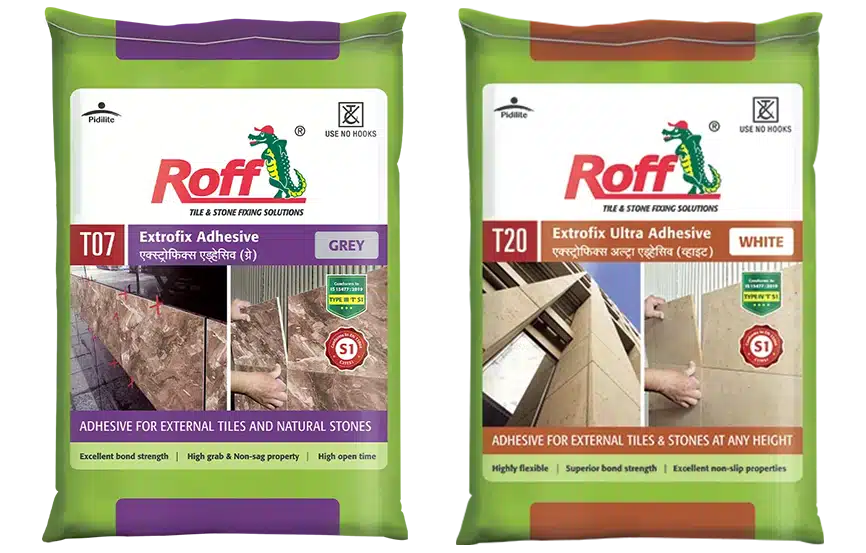
Roff’s Extrofix and Extrofix Ultra adhesives excel at exterior tiling. These adhesives are ideal for large-format tiles, natural stones, and precast terrazzo due to their strength and flexibility. Whether you’re tiling vertical or horizontal surfaces, Roff Extrofix and Extrofix Ultra provide a weatherproof bond, making them excellent for outdoor projects.

